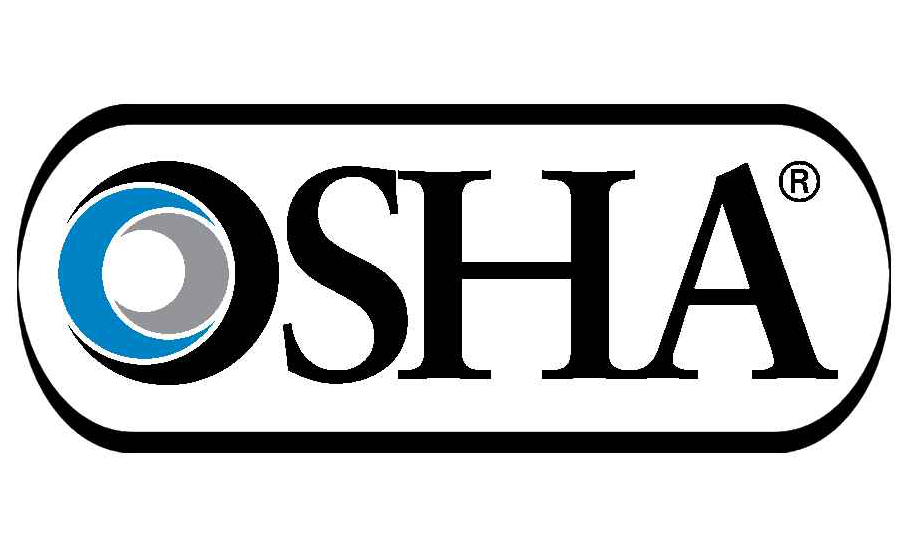Knowledge is power, and when it comes to health and safety, knowledge has the power to save lives.
For decades, the Occupational Safety and Health Administration has required companies to provide health and safety reports for review. Starting February 2017, we’ll make that information public on our website. This comes at little burden to employers as they are providing OSHA data that they already collect. The difference is that this injury information will now be public.
Before applying for a job in a hazardous industry, applicants will be able to check employer safety records, and see at which job sites workers most frequently suffer severe injuries. Employers will be able to compare their safety records against those of the top performers in the industry. Journalists, researchers and worker advocates will have more data at their fingertips.
Legally, employers must provide their employees with safe workplaces. Yet more than three million workers are injured at work every year. At OSHA, we take our mission to protect the safety and health of the nation’s workers extremely seriously, but our enforcement staff is often overwhelmed by the sheer number of inspections required throughout the country. Based on current staffing levels, it would take well over 100 years to inspect each of the workplaces under our jurisdiction. Additionally, in comparison to environmental and consumer enforcement agencies, our penalties are low – so low, they often fail to serve as a deterrent.
Employers already maintain injury data in OSHA logs, which help them understand where and why injuries occur so that they can prevent future injuries caused by the same hazards. After scrubbing the data of personally identifiable information, we will post the information to the OSHA website, where all have access.
Exemplary companies that focus on quality generally have low injury rates because the work process is tightly managed. In nursing home environments, for example, elevated injury rates may reflect inadequate staffing or lack of investment in safety equipment. To attract both skilled job seekers and potential patients, the nursing home registering more accidents must improve its safety performance.
One compelling illustration of a similar approach involves the health inspection grades posted in restaurant windows in some cities. It isn’t surprising that many consumers, eager to avoid food-borne illness, take note of these grades when deciding where to dine. After a food hygiene grading program started in Los Angeles, revenues rose at establishments rated A or B, while hospitalizations for food-borne illnesses dropped, as did revenues at the restaurants graded C or lower. Though we are not assigning grades, this is a clear case of providing actionable information to consumers while simultaneously encouraging less sanitary restaurants to clean up their act.
Just as potential diners can choose to eat at cleaner restaurants, potential employees can choose to apply for work at establishments where they are less likely to be injured. And prospective clients can select better managed establishments.
In short, disclosure of injury rates will make workplaces safer. And that is good for everyone’s bottom line.
Click here to watch a video about the rule.
Editor’s note for clarification: The collection of the data will begin in February 2017 but the public posting of that data will not begin until after July 2017.



